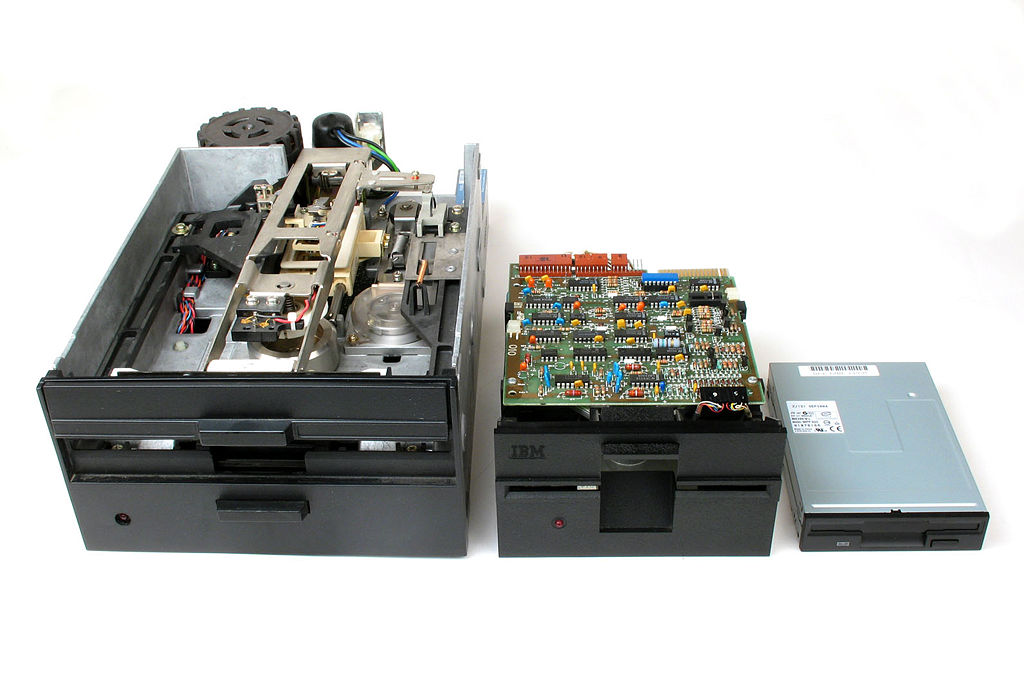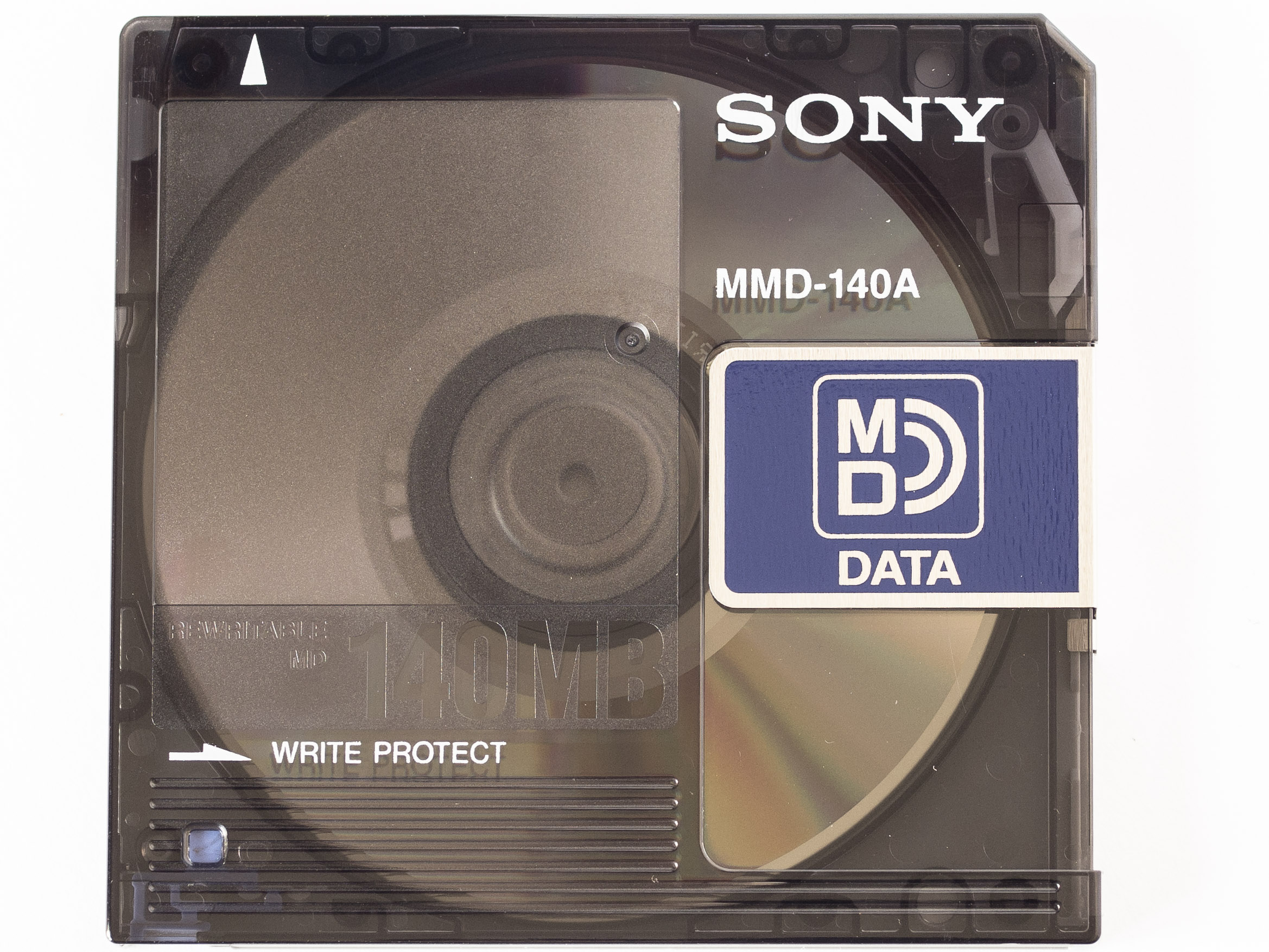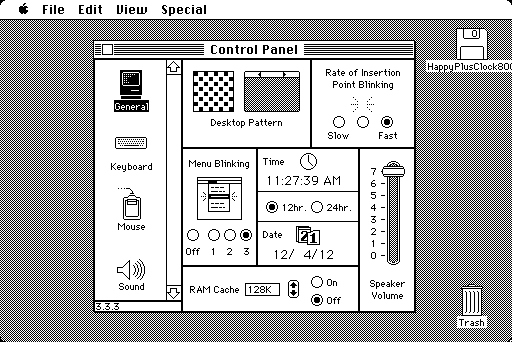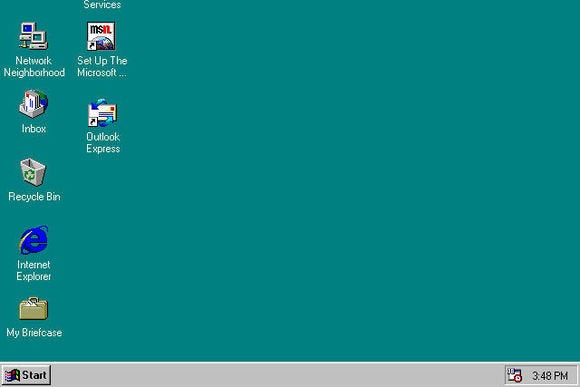Bop update 11/26/2019
Birds Of Prey's Computers and Data Storage
So in the web-comic there will be a degeneracy in how data is stored and accessed. First of all the machines will be much more retrograded to the older machines that you would be seeing in older times but still hold as much as any modern SSD or flash drive in our modern age. They may look old but they access data as quickly.
Tape and Reel-to-Reel data storage
In the late 50's the use of magnetic tape became more common as the the use of it becomes more used to store data in magnetic tape reels and eventually spools that were introduced in 1974 with the IBM 3850 Mass storage systems (Fig.1), and later the tape cartridges with the 3480
 |
| Fig.1 |
THE HISTORY OF TAPE
Magnetic tape was first used to record computer data in 1951 on the Eckert-Mauchly UNIVAC I. The system's UNISERVO I tape drive used a thin strip of one half inch (12.65 mm) wide metal, consisting of nickel-plated bronze (called Vicalloy). Recording density was 100 characters per inch (39.37 characters/cm) on eight tracks.
Early IBM 7 track tape drives were floor-standing and used vacuum columns to mechanically buffer long U-shaped loops of tape. The two tape reels visibly fed tape through the columns, intermittently spinning 10.5 inch open reels in rapid, un-synchronized bursts, resulting in visually striking action. Stock shots of such vacuum-column tape drives in motion were widely used to represent mainframe computers in movies and television.
 |
| Fig.2 |
THE FLOPPY DISC, MINI-DISC AND OTHERS
 |
| 8 inch floppy disc (left), 5 inch floppy disc (center), 3 inch floppy disc (right) |
Each of these floppies are filled with a literal floppy disc made out of plastic material that holds magnetic material and range in size from the tiny Data-Play discus that can fit in your hand, to the massive 8 inch floppy disc that is bigger than your head.
HISTORY OF THE FLOPPY SYSTEM
The first commercial floppy disks, developed in the late 1960's, were 8 inches (200 mm) in diameter; they became commercially available in 1971 as a component of IBM products and then were sold separately beginning in 1972 by Memorex and others. These disks and associated drives were produced and improved upon by IBM and other companies such as Memorex, Shugart Associates, and Burroughs Corporation.The term "floppy disk" appeared in print as early as 1970, and although IBM announced its first media as the "Type 1 Diskette" in 1973, the industry continued to use the terms "floppy disk" or "floppy".
In 1976, Shugart Associates introduced the 51⁄4-inch FDD. By 1978 there were more than 10 manufacturers producing such FDDs. There were competing floppy disk formats, with hard- and soft-sector versions and encoding schemes such as FM, MFM, M2FM and GCR. The 51⁄4-inch format displaced the 8-inch one for most applications, and the hard-sectored disk format disappeared. The most common capacity of the 51⁄4-inch format in DOS-based PCs was 360 KB, for the DSDD (Double-Sided Double-Density) format using MFM encoding. In 1984 IBM introduced with its PC-AT model the 1.2 MB dual-sided 51⁄4-inch floppy disk, but it never became very popular. IBM started using the 720 KB double-density 31⁄2-inch micro-floppy disk on its Convertible laptop computer in 1986 and the 1.44 MB high-density version with the PS/2 line in 1987.
 |
| floppy drives of respected drives (see above) |
THE MINI DISC AND DATA-PLAY DISC

In the world of Birds of Prey, the Compact ROM disc is oddly nonexistent and it replaced by the tiny versions which are used by hackers, gangster and other office workers. These in the web comic are the brainchild of the floppy disc and are much more sleeker than their predecessors with a compact disc like interior with a higher storage system than the last models. True, floppy disc can carry more (if not equal) amounts of data than their brainchild product, but it really doesn't matter.

THE COMPUTERS IN BOP
Now, a friend told me to equal out the hard-wear's contemporary look with a modern software (window's 10, mac 10+, etc, etc) but the ruining of the aesthetic feels of the color and shapes to the nostalgic Windows 95 or the blue screen of the C-64?
I argue that the nostalgic vibes of a time long forgotten by our millennial and gen X ancestors is something i am highly curious about and something that honestly interest me, with the oddly mute colors and the pixel-ish look that some folks like. Ever wonder why pixel-art exists?  |
| Windows 95 home screen |



Comments
Post a Comment